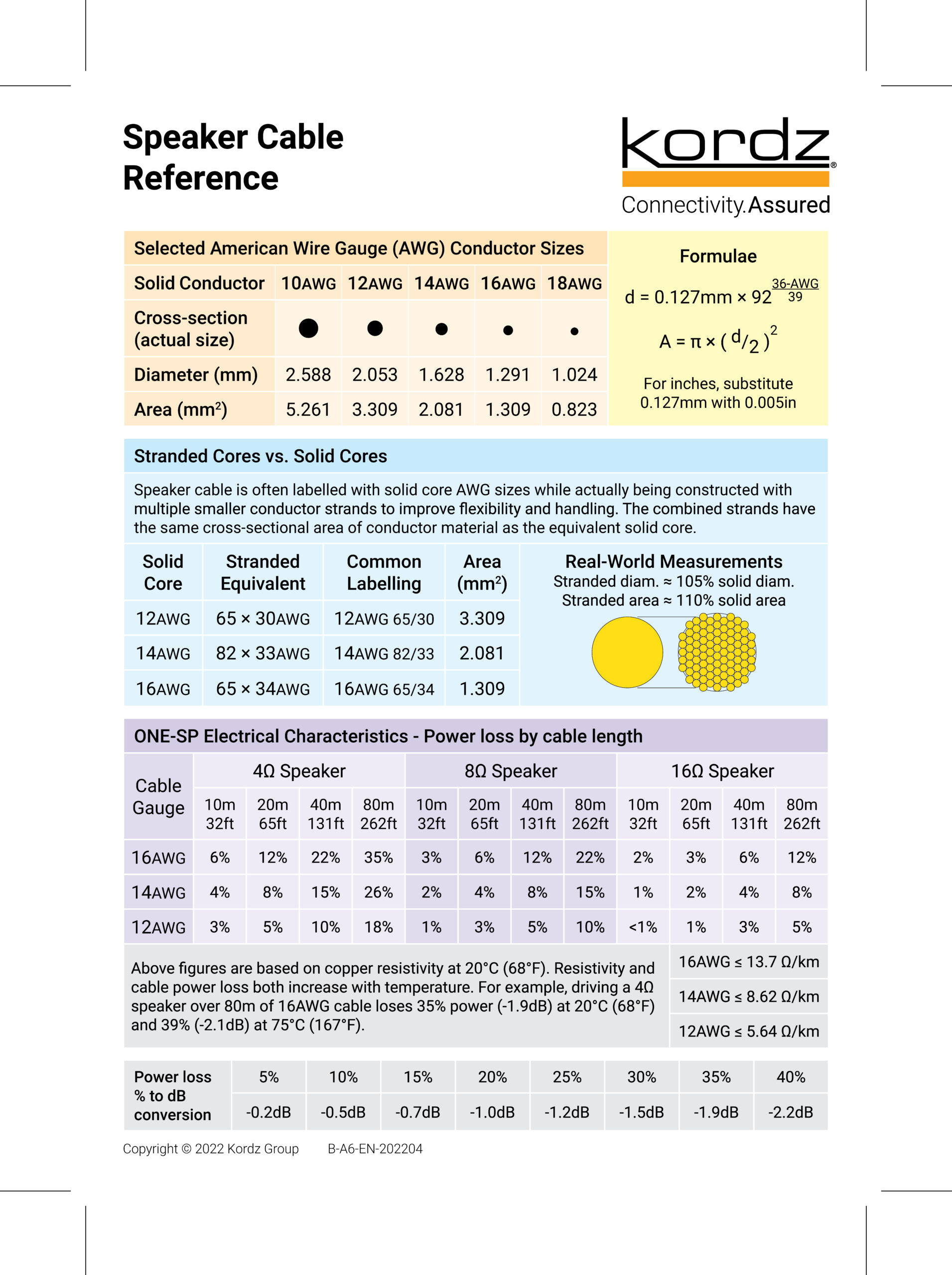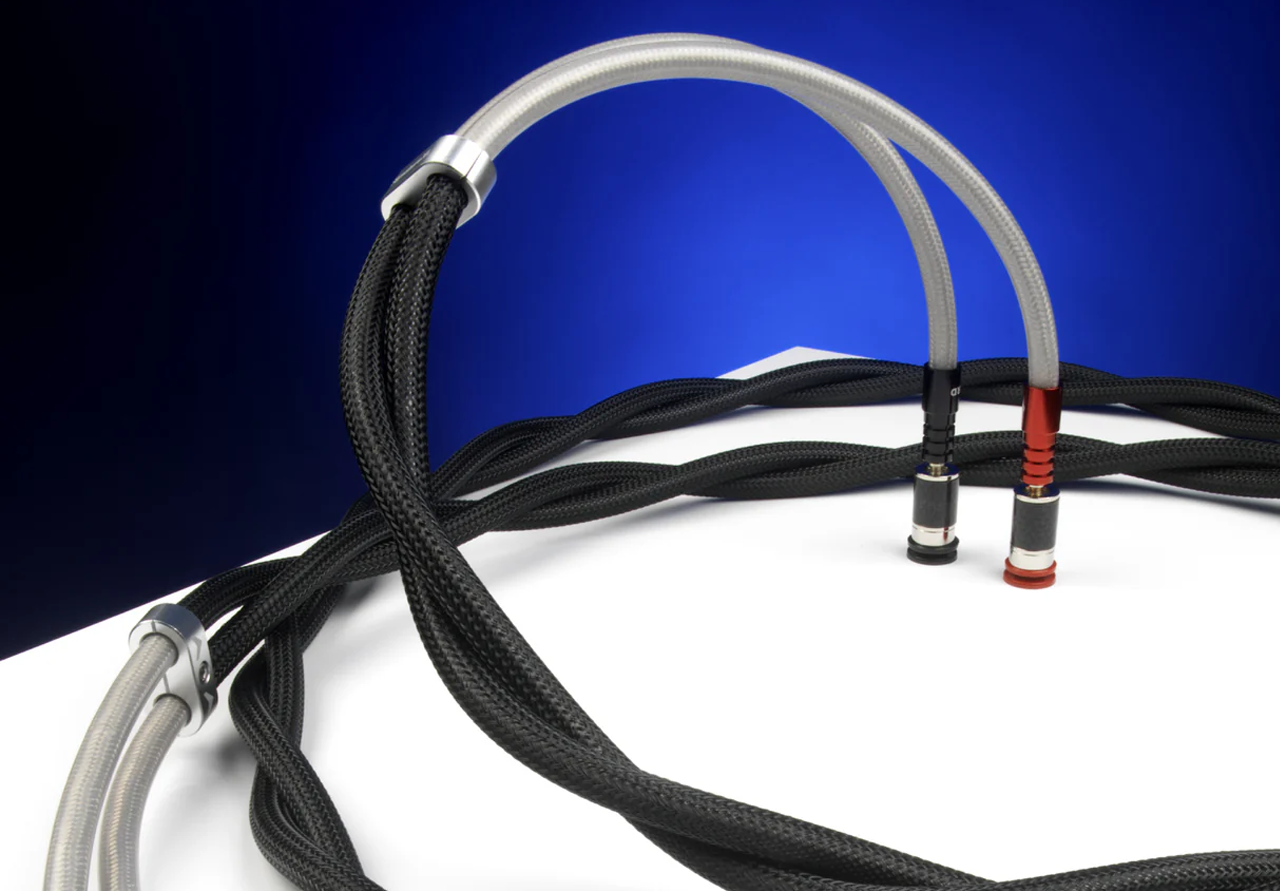#0002 – [Did you know? – Speaker Cables]
Here at PowerSound we pride ourselves in providing the best possible Audio / Video Experience for each of our esteemed clients.
Today we will talk about Speaker cables and why are they so important.
Why are there so many different types of Speaker Cables?
OFC Cables:
We always use OFC (Oxygen Free Copper) cables. The reason is simple. Oxygen-Free Copper (OFC) cables are like the VIPs of the copper world—ultra-pure and nearly perfect in conductivity. With oxygen kicked out of the mix, they keep signal loss and resistance to a bare minimum, delivering audio so clean and accurate that your speakers and amplifiers will thank you.
Unfortunately most people and sellers, will pitch CCA (Copper Clad Aluminum) cables as equally good or even better and way cheaper! But as is the case most of the times, this is simply not true.
What is CCA anyway?
Copper-Clad Aluminum (CCA) cable is like a knock-off designer handbag—it looks shiny and legit on the outside, but underneath, it’s cutting corners. CCA is essentially aluminum wire wrapped in a thin coat of copper, pretending to be the real deal while skimping on quality. Here’s why it sucks:
- Aluminum in Disguise:
CCA is mostly aluminum, which is like trying to win a race in flip-flops—lightweight but definitely not built for speed or durability. - Poor Conductivity:
Aluminum is a mediocre conductor compared to copper. Your signal? It’s taking the scenic route and might not even show up on time. - Breaks Under Pressure:
CCA loves to snap and fray with even a little wear and tear. It’s the diva of cables, and not in a good way. - Hot Mess:
CCA can’t handle heat. Put it under a bit of stress, and it’s melting faster than ice cream on a summer day. - Corrosion Magnet:
The aluminum core loves oxidizing, turning into a crumbly mess over time. Say goodbye to consistent connections. - Signal Loss Extraordinaire:
Want your signal delivered intact? Don’t count on CCA—it’s a master of distortion and dropouts. - High Voltage? Low Patience:
Push some serious power through CCA, and it’s waving the white flag before you even get started. - Not Cost-Effective:
Sure, it’s cheaper upfront, but with its tendency to fail early, you’ll spend more replacing it than if you’d just bought proper cables.
In short, CCA is the cable equivalent of a fast-food burger—it gets the job done in a pinch but leaves you regretting your choice in the long run.
Have a look at some more in-depth reasons below why OFC is way better than CCA:
- Conductivity King:
OFC doesn’t just transmit signals—it delivers them like a first-class courier, while CCA’s efforts feel more like snail mail. - Resistance is Futile:
Less resistance means more power to your gadgets. OFC gets the job done without breaking a sweat, unlike CCA, which likes to take long naps. - Tough as Nails:
OFC is like the marathon runner of cables—flexible, durable, and built to last. Meanwhile, CCA seems to twist an ankle just showing up. - Cool Under Pressure:
Whether it’s cranking high power or running hot, OFC keeps its cool. CCA? It’s the drama queen of heat. - Crystal-Clear Sound:
OFC sends your tunes straight to the speakers without stopping to lose the plot. With CCA, you’re listening to static and mystery audio. - Rust-Proof Rockstar:
Oxygen? Not in my copper, says OFC, staying shiny and efficient. CCA, on the other hand, seems to love corroding for fun. - Termination Champ:
Crimp it, solder it, bend it—OFC takes the abuse like a pro. CCA? One bad move, and it’s game over. - Power Player:
OFC isn’t afraid of the big leagues, handling more juice like a boss while CCA sweats the small stuff. - Voltage Saver:
OFC knows how to deliver without dropping voltage along the way. CCA, however, prefers to “accidentally” misplace some power. - Aging Like Fine Copper:
OFC looks as good as it performs, while CCA ages like a discount garden hose. - The Professional’s Pick:
Ask the pros—they’ll tell you OFC is the Freddy Mercury of cables. CCA? More like a hobby karaoke cover band.
Silver Plated Cables:
Silver-plated cables are like copper cables with a shiny upgrade—they’re the James Bond of the cable world: sleek, efficient, and always performing at the top of their game. Here’s why they’re even better:
- Silver Lining:
Silver is the Usain Bolt of conductors, beating copper when it comes to speed and efficiency. Signals travel faster and with less resistance, ensuring your audio is on point. - Hybrid Power:
With a copper core for strength and a silver coating for conductivity, these cables combine durability and performance like a tech-savvy bodybuilder. - Perfect for the Highs:
Silver loves high frequencies, delivering crisp, crystal-clear audio that makes your music sparkle. Copper alone can’t quite hit those notes with the same finesse. - Durability Meets Style:
Silver plating isn’t just functional—it’s also classy. These cables look as premium as they perform, bringing a touch of bling to your setup. - Low Loss, High Gains:
The silver surface minimizes signal degradation, especially over longer distances. It’s like upgrading from a local bus to a bullet train for your signals. - Heat? What Heat?
Silver-plated cables laugh in the face of high currents and heat, staying cool and efficient even when the power levels climb. - A Sound Investment:
Yes, they’re pricier, but the boost in audio quality and longevity makes them a one-time splurge for a lifetime of high-performance listening.
In short, silver-plated cables take everything awesome about copper and add a sparkling touch of speed, precision, and elegance. They’re the gold (or should we say silver?) standard for audiophiles who want the absolute best.
Check out the cable chart below, by Kordz, showing the signal power loss while using different thickness of cables:


